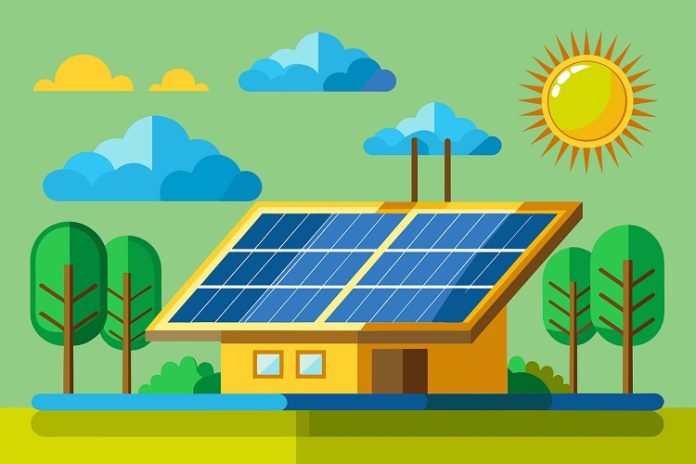Energy Storage: The Key to Expanding Renewable Energy
In the world of electricity grids, keeping supply and demand balanced is crucial, especially during peak periods. Energy storage is a key solution, offering various ways to ensure stability and efficiency. Renewable energy is crucial for combating climate change, but sources like solar and wind are intermittent. California, a leader in solar power, often has too much renewable electricity during the day and not enough in the evening, causing high EV charging costs. The solution? Energy storage!
1. Peak Shaving
Energy storage systems store energy when electricity is cheap and release it when it’s expensive. This reduces demand from the grid during peak times, saving money and reducing strain on the grid. For example, during off-peak hours, when electricity prices are lower, energy can be stored and then used during peak hours, when prices spike.
2. Load Shifting
Energy storage allows shifting energy use from high-demand periods to low-demand periods. This helps flatten the demand curve and prevents the need for extra, less efficient power plants. According to the U.S. Department of Energy, load shifting can significantly reduce the need for new power generation capacity .
3. Increased Efficiency
Using stored energy during peak times allows power plants to operate more steadily and efficiently, avoiding the wear and tear caused by sudden increases in production. This steady operation can improve the overall efficiency of power plants by up to 10% .
4. Renewable Energy Integration
Energy storage is crucial for using renewable energy sources like solar and wind. It stores surplus renewable energy when demand is low and releases it during high demand, ensuring a steady energy supply. In California, energy storage systems have helped reduce curtailments of solar energy, making sure that more clean energy is utilized.
5. Frequency Regulation
Storage systems can quickly release or absorb power to manage frequency fluctuations on the grid, which helps maintain stability during peak periods. This capability is essential for maintaining grid reliability and preventing blackouts.
6. Reducing Congestion
Energy storage can reduce congestion in transmission and distribution systems by providing local power during peak times. This local support can alleviate stress on the grid and enhance overall system reliability.
7. Fast Response
Energy storage responds faster than traditional grid resources to sudden changes in demand or supply, which is especially important during peak periods. Lithium-ion batteries, for instance, can respond in milliseconds, ensuring immediate support to the grid .
Short-Term Storage: Batteries
Batteries store excess energy during the day and release it during peak demand in the evening. Battery costs are falling rapidly due to the growing use of electric vehicles, making them more affordable for grid storage. The cost of lithium-ion batteries has dropped by nearly 89% in the past decade .
Long-Term Storage: Hydrogen
Hydrogen is great for storing large amounts of energy over long periods. Costs are expected to drop as investments in hydrogen projects grow, making it a feasible long-term storage option. According to BloombergNEF, the cost of green hydrogen could fall by up to 85% by 2050 .
Benefits of Energy Storage
Balancing Supply and Demand: Energy storage ensures a stable energy supply by storing excess energy and releasing it when needed.
Reducing Curtailments: It helps use more renewable energy by storing surplus energy instead of wasting it.
Lowering Costs: Energy storage reduces reliance on expensive power plants and lowers energy costs, especially for EV charging.
Enhancing Stability: Storage systems support grid stability by providing quick response and frequency regulation.
Supporting Renewables: Energy storage makes it easier to use more renewable energy, ensuring a cleaner energy future.
Conclusion
Energy storage acts as a buffer, balancing supply and demand by storing excess electricity when demand is low and supplying it when demand is high. This ensures a stable and reliable energy supply, even during peak times. Energy storage is essential for expanding renewable energy and addressing its intermittent nature. With falling costs and increasing investments, storage solutions like batteries and hydrogen are key to a sustainable and resilient energy future.
Disclaimer: The views and opinions expressed in the article by Bhagyashri Patil Ghongade, Senior Manager of Market & Strategic Partnerships at Raj Process & Equipments Pvt Ltd., are solely her own.
Stay updated with all the latest news in bioenergy sector by following ourLinkedIn page!














